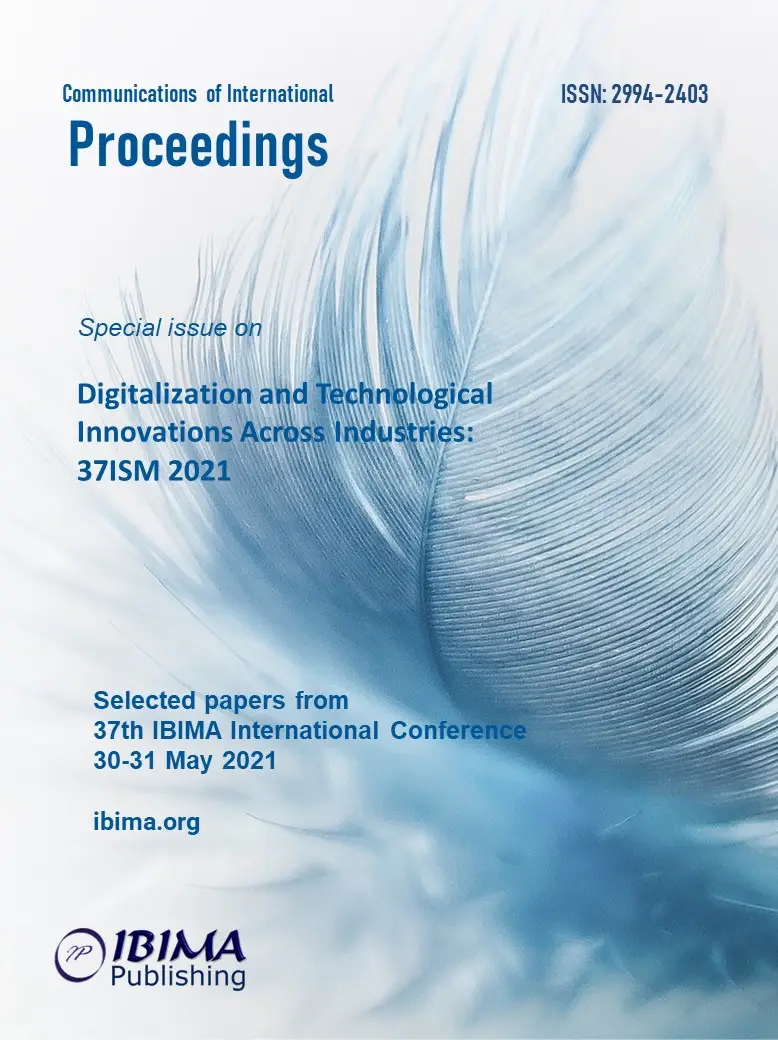
Liliana MIRON and Elena DOROFTEI
“Ovidius” University from Constanta, Romania

This study presents aspects regarding the influence of technological links such as: precursor plant, fertilization, herbicide and treatment in vegetation against diseases on the degree of weeding, morpho-physiological and wheat production properties in the conditions in south-eastern Dobrogea. The experiments were located in production conditions at the Ciocârlia de Sus farms (after rape), Izvoru Mare (after sunflower) and Petroşani (after wheat), representative of the climate, geomorphological unit and soil type characteristic of the area where the results of the experiment to be applied. The research was carried out in 2012, studying the behavior of the Glosa wheat variety according to different precursor plants: rapes, sunflower and first year wheat, in three different localities, in the conditions in which only the herbicide (V1) was used and in the conditions in which it was fertilized (before sowing and spring), it was herbicided, foliar fertilized and treated against diseases (V2). The high temperatures during the experimentation period, the little or torrential precipitations negatively influenced the values of the productivity elements and implicitly of the production, especially in the Ciocârlia de Sus. Between the fertilized and the non-fertilized alternative, production differences of 970 kg / ha after rape and 1050-1060 kg / ha after sunflower and wheat, were achieved.